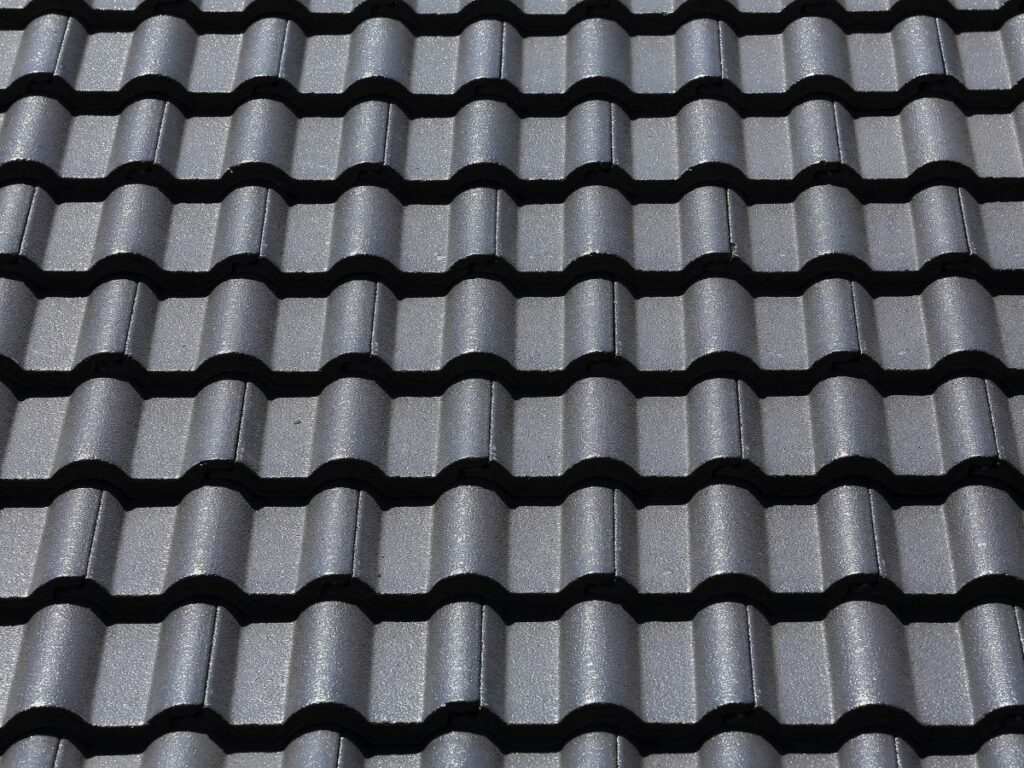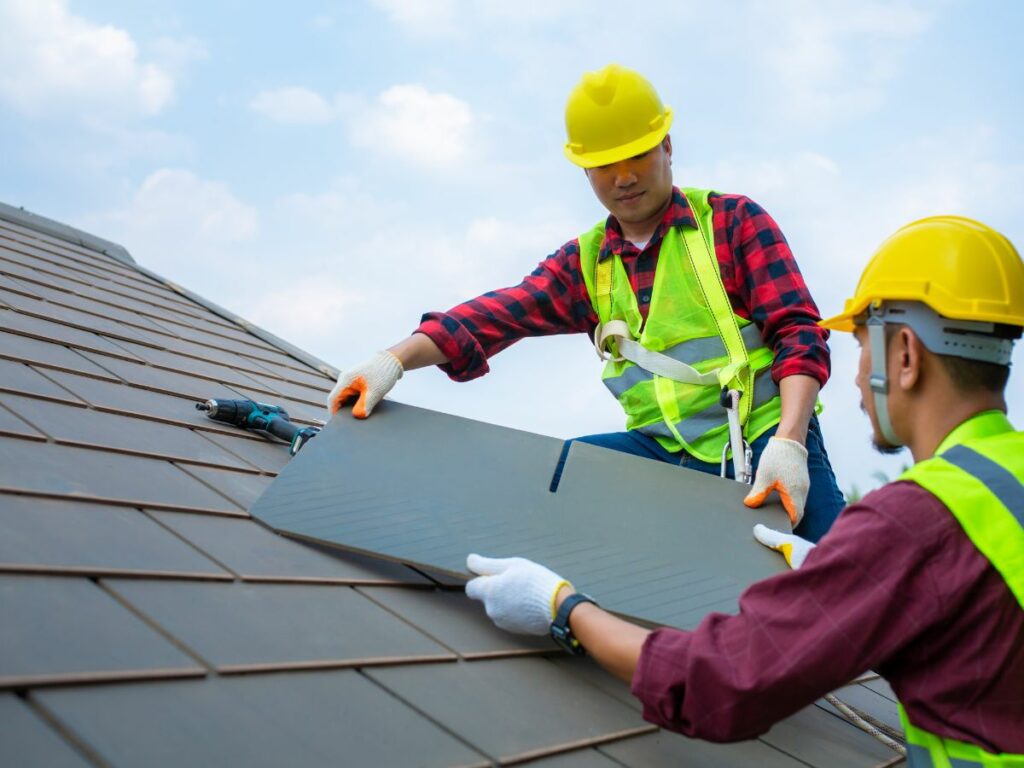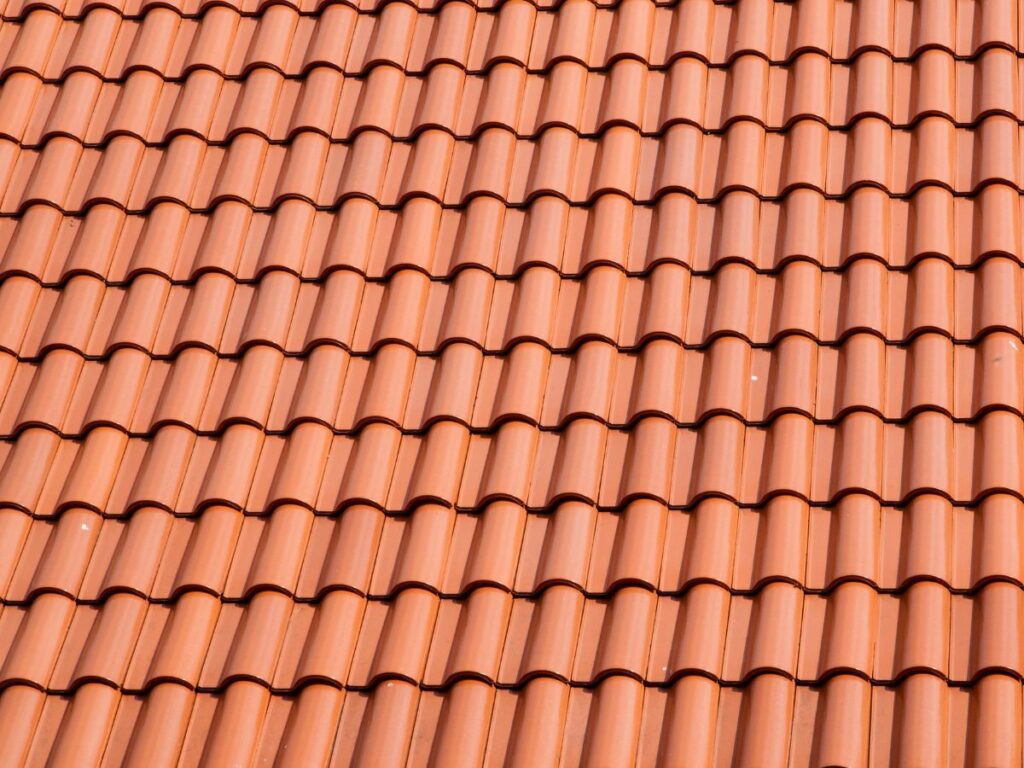

Clay roof tiles are a popular choice for homeowners seeking a durable, aesthetically pleasing, and energy-efficient roofing option. Known for their timeless beauty and exceptional longevity, clay tiles have been a trusted roofing material for centuries. They offer excellent weather resistance, fire safety, and natural insulation, making them an ideal choice for a wide range of climates and architectural styles.
In this article, we will delve into the reasons why clay roof tiles are a smart investment for your home, exploring the different types available and the factors to consider when choosing them. We'll also examine the pros and cons of clay roof tiles, from their durability and energy efficiency to the higher upfront costs and installation requirements.
Choosing clay roof tiles offers a number of advantages that can make them a highly beneficial roofing material for your home or building. Here are some key reasons why clay roof tiles might be the right choice for you:
Clay roof tiles are incredibly durable and can last 50 to 100 years or more. They are highly resistant to harsh weather conditions, fire, and pests, making them one of the longest-lasting roofing materials.
Clay tiles provide excellent thermal insulation by reflecting sunlight in summer and retaining heat in winter. This helps reduce energy consumption and lowers heating and cooling costs.
Clay roofs require minimal maintenance because they don't rot, warp, or attract pests. If any tiles are damaged, only those individual tiles need to be replaced, making upkeep relatively easy.
Clay tiles come in a variety of styles, shapes, and colors, allowing homeowners to customize their roofs to match their preferred design. They add timeless elegance and curb appeal to any property.
Clay tiles are made from natural, recyclable materials, making them an eco-friendly choice. Their energy-efficient properties also help reduce overall energy consumption, benefiting the environment.
The dense structure of clay tiles offers excellent sound insulation, reducing noise from external sources and providing a quieter indoor environment.
Homes with clay tile roofs tend to have higher property values due to their durability, aesthetic appeal, and energy efficiency. A well-maintained clay roof can be a significant selling point.
Clay tiles allow for a high level of customization in terms of color, shape, and pattern, helping homeowners match their roofs to the architectural style of their homes.
Clay tiles are resistant to mold, mildew, and algae growth, which makes them a great choice for humid or wet climates. They are also resistant to freezing temperatures, ensuring their longevity in cold environments.
Clay roof tiles offer a durable, aesthetically pleasing, and environmentally friendly roofing solution. With their long lifespan, energy efficiency, and minimal maintenance requirements, they are a solid investment for homeowners seeking a reliable and attractive roof. While they may come with a higher initial cost, the long-term benefits often outweigh the price.
There are several types of clay roof tiles, each with unique features, shapes, and styles. The main types include:
Barrel tiles, also known as mission tiles or S-shaped tiles, are one of the most traditional styles of clay tiles. They have a rounded, semi-cylindrical shape that overlaps to create a curved roof profile, often associated with Mediterranean and Spanish architecture.

Flat clay tiles have a sleek, smooth surface without any curvature. They create a clean, modern look and are typically used in more contemporary or minimalist architectural styles. Flat tiles are installed in a way that the individual tiles overlap for water resistance.

Interlocking clay tiles have a design that allows them to fit together tightly, preventing water from seeping between the tiles. This type is popular for its ease of installation and weather resistance. They can be flat or curved, depending on the design.

French tiles, also known as pan and cover tiles, have a more intricate design where one tile covers the other. These tiles are often flat or slightly curved and provide excellent durability and water resistance. They are popular in European homes and offer a more elegant, detailed look.

Roman tiles are a variation of the barrel tile but with a more defined, slightly flatter shape. They have two distinct sections, a "pan" that sits flat on the roof and a "cover" that arches over it, allowing for better water drainage.
Scandia tiles are similar to the Roman style but often smaller and thinner. They have a rectangular shape with overlapping layers that offer a stylish yet functional design. These are often used in Scandinavian or other northern European architectural styles.
Pan and cover tiles are typically rectangular in shape, with one tile (the "pan") lying flat and the other (the "cover") arching over it. This combination provides extra protection from the elements and creates a distinctive, layered appearance.
Each type of clay roof tile offers different aesthetics and functional benefits, allowing homeowners to choose the best option based on their building's style, weather conditions, and personal preferences.
When choosing clay roof tiles, several important factors should be considered to ensure the best fit for your home or building. Here are key points to keep in mind:
Clay tiles perform exceptionally well in a range of weather conditions, but it’s essential to consider your local climate. In hot climates, they provide excellent thermal insulation, while in colder regions, you may need to ensure the tiles are frost-resistant to prevent damage from freezing.
The pitch or slope of your roof will determine which type of clay tile is suitable. Some tiles, like barrel or S-shaped tiles, are ideal for steeper roofs, while flat or interlocking tiles are better for roofs with a gentler slope. Ensure the tile style matches the design of your roof.
Clay tiles come in a wide variety of shapes, sizes, and colors. Consider the architectural style of your home and the overall aesthetic you want to achieve. Whether you prefer a rustic Mediterranean look or a more modern design, choose a tile that complements the building's character.
Not all clay tiles are created equal in terms of durability. Some tiles are designed to withstand extreme weather, while others may be more susceptible to cracking or chipping. Make sure to choose high-quality, durable tiles, especially if you live in a region prone to storms or extreme temperatures.
Clay roof tiles can be heavier than other roofing materials, so your roof structure may need reinforcement to support them. Additionally, some tile types are easier to install than others. Consider the complexity of installation and the long-term maintenance needs before making a choice.
Clay tiles generally cost more upfront than asphalt or other roofing materials. However, their longevity and durability often result in lower long-term costs. Be sure to factor in both initial cost and long-term value when selecting your clay tiles.
Clay tiles are heavier than other roofing options, so it's important to ensure that your home's structure can support their weight. Consult with a structural engineer to assess whether any reinforcements are needed before installation.
Some clay tiles, especially those with reflective coatings or lighter colors, are designed to increase energy efficiency. They can help keep your home cooler in the summer and reduce heating costs in the winter. Consider choosing tiles that support your energy-saving goals.
Clay tiles are made from natural materials and are often fully recyclable. If sustainability is a priority for you, clay tiles are an environmentally friendly choice, especially compared to synthetic or non-renewable materials.
Clay tiles are naturally fire-resistant, making them an excellent choice for homes in areas prone to wildfires or high fire risk. This can provide peace of mind and added protection for your property.
By carefully considering these factors, you can choose the clay roof tiles that best suit your home's needs, style, and environmental conditions.
Clay roof tiles are a popular choice for roofing due to their aesthetic appeal, durability, and sustainability. However, like any material, they come with both advantages and disadvantages. Here's a breakdown:
In conclusion, clay roof tiles offer a blend of durability, aesthetic appeal, and energy efficiency that makes them a top choice for homeowners seeking a long-lasting and sustainable roofing solution. Their ability to withstand harsh weather conditions, provide fire resistance, and contribute to better temperature regulation within your home makes them a smart investment in the long run.
However, it's important to weigh the upfront costs, installation needs, and structural considerations when deciding if clay tiles are the right option for your home. By carefully considering the various types of tiles and evaluating the pros and cons, you can ensure that your roof not only enhances your home’s curb appeal but also provides lasting protection and efficiency for many years to come.
